Top 10 Vector Databases in 2024
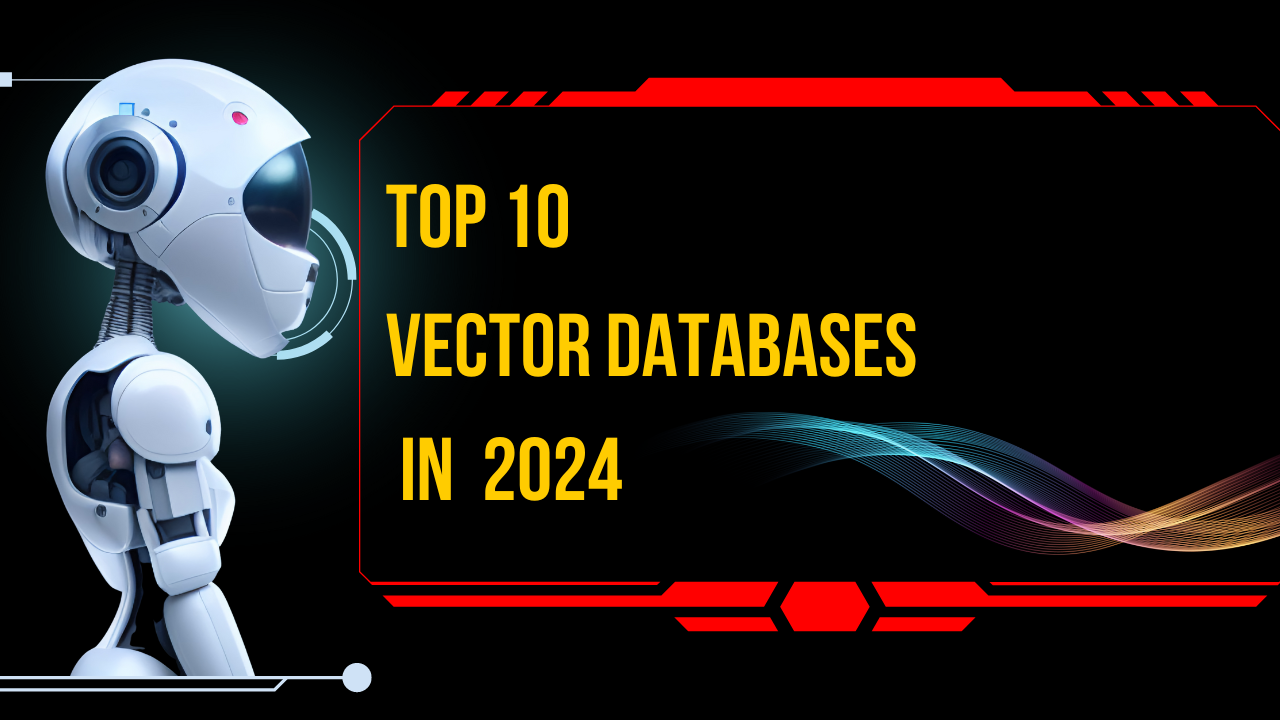
Vector databases have gained significant importance in the field of data science, offering efficient storage, retrieval, and manipulation of high-dimensional data. Unlike traditional databases that excel in handling structured data, vector databases are specifically designed to manage data points in multidimensional space.
Understanding Vector Databases
Vector databases specialize in efficiently handling vectorized data, making them ideal for applications in artificial intelligence and machine learning that involve processing complex information. Leading vector databases like Pinecone, Milvus, and Chroma DB offer advanced features for effectively managing high-dimensional vectors.
Vector Databases vs Traditional Databases
Vector databases differentiate themselves from traditional databases such as AWS Elasticsearch or Azure Cognitive Search by their ability to efficiently store and retrieve vector embeddings. Traditional databases struggle with the complexity and scale of vector data, making vector databases like Weaviate and Open Source Vector Database the preferred choice for AI applications.
Top 10 Vector Databases for 2024
As we navigate the domains of data science and artificial intelligence, the role of efficient data management through vector databases cannot be overstated. With a multitude of options available, highlighting the top 10 vector databases for 2024 becomes crucial for advancing cutting-edge data solutions.
1. Pinecone Vector Database
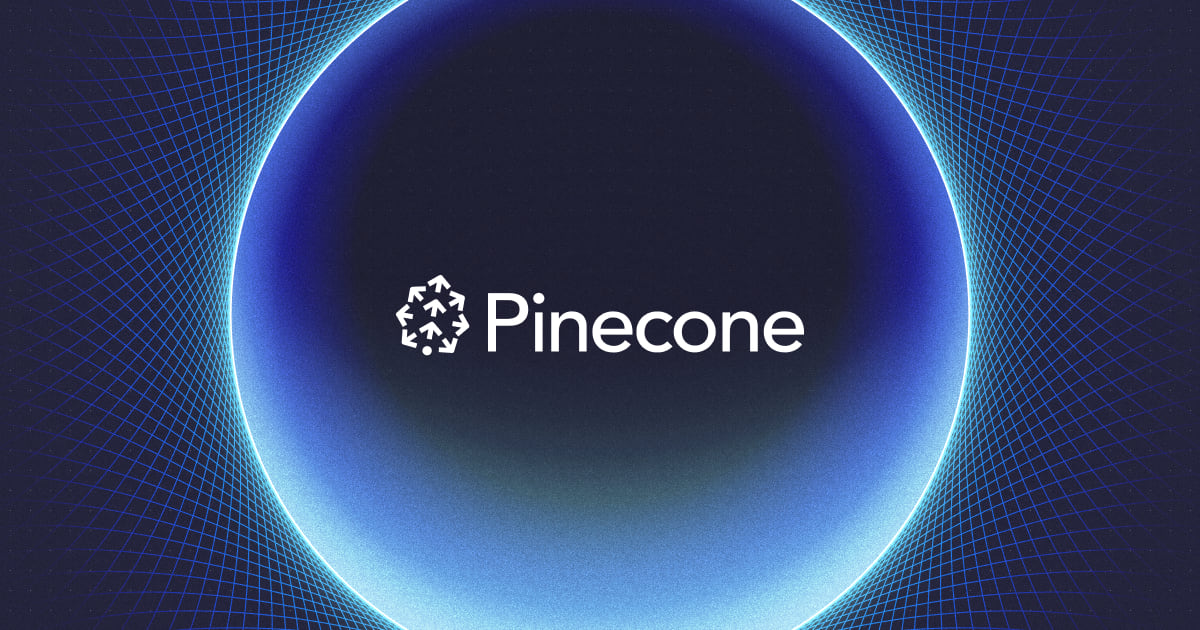
Pinecone stands out as a premier choice for organizations seeking efficient management of high-dimensional vectors. With tailored features for AI and machine learning applications, Pinecone offers seamless integration and robust performance.
2. Milvus

Milvus is another leading vector database renowned for its advanced capabilities in handling vector embeddings. Its scalability and speed make it a favored choice for projects requiring intricate data processing.
3.Chroma DB
Chroma DB is a versatile vector database excelling in storing and retrieving high-dimensional data points. Its flexibility and robust feature set make it a valuable asset for data scientists and developers.
4. Weaviate

With a focus on unstructured and complex data, Weaviate offers unique features for managing diverse data types, making it an ideal choice for projects requiring flexibility and agility in data processing.
5. MongoDB Atlas
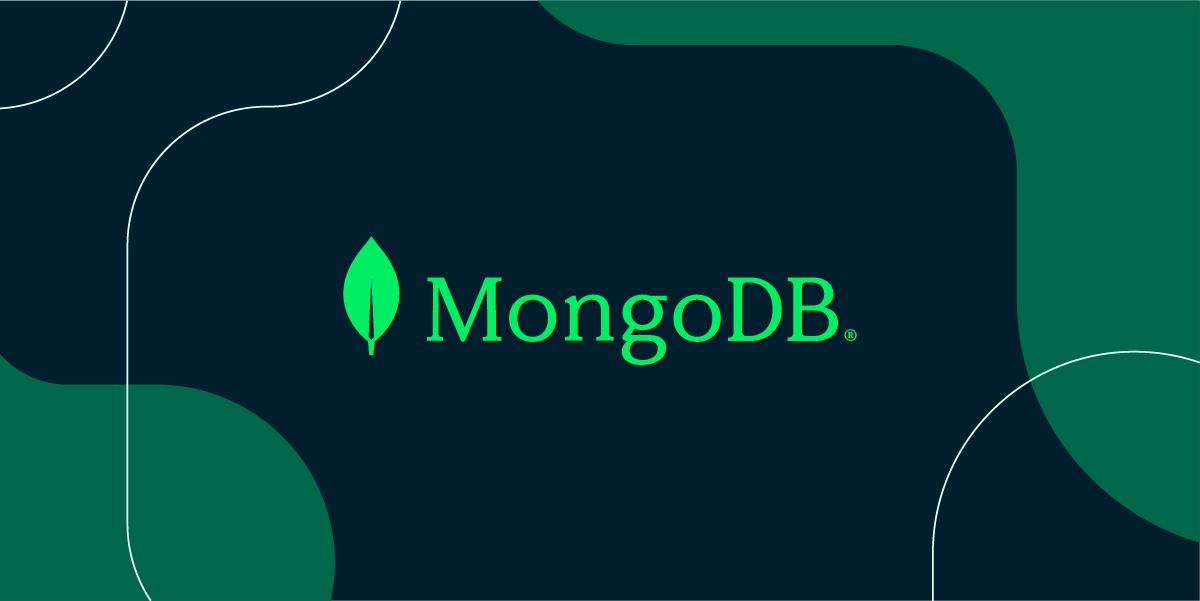
MongoDB Atlas isn't a traditional vector database. While others focus on just similar data searches, Atlas excels at storing and retrieving various data types like text, images, and videos – all searchable with semantic understanding.
6. Qdrant
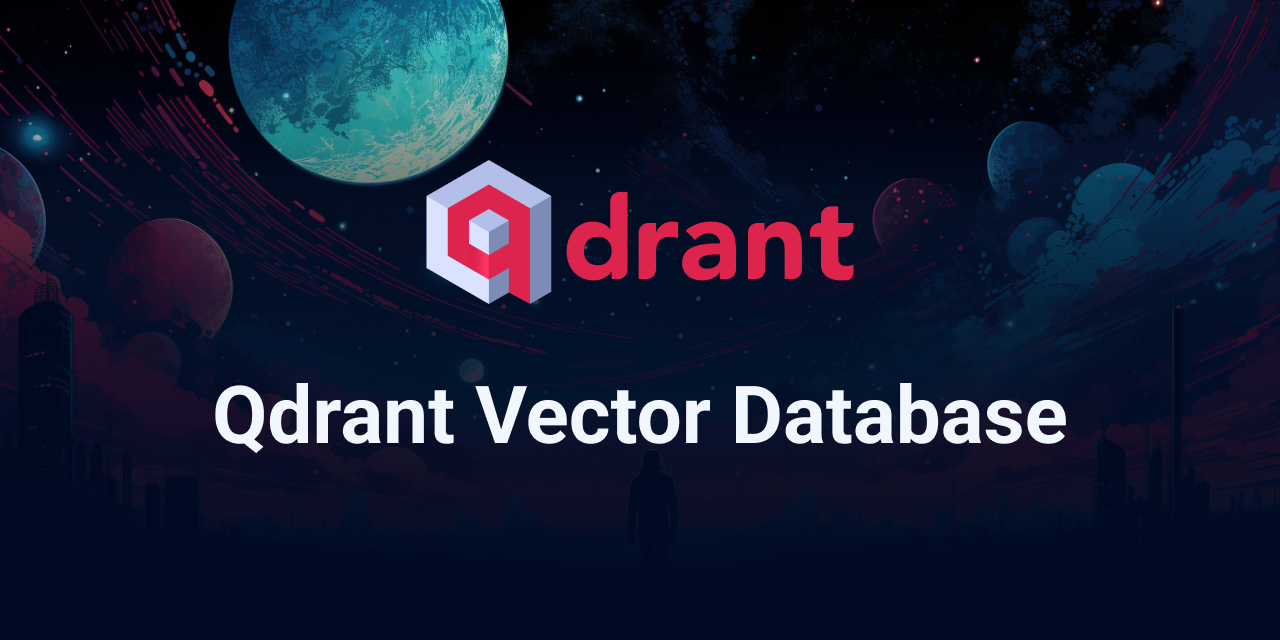
Qdrant stands out for its user-friendly API. Unlike some competitors that require complex setups, Qdrant offers easy integration into existing workflows with its intuitive API, making vector searches a breeze.
7. Elasticsearch's vector database
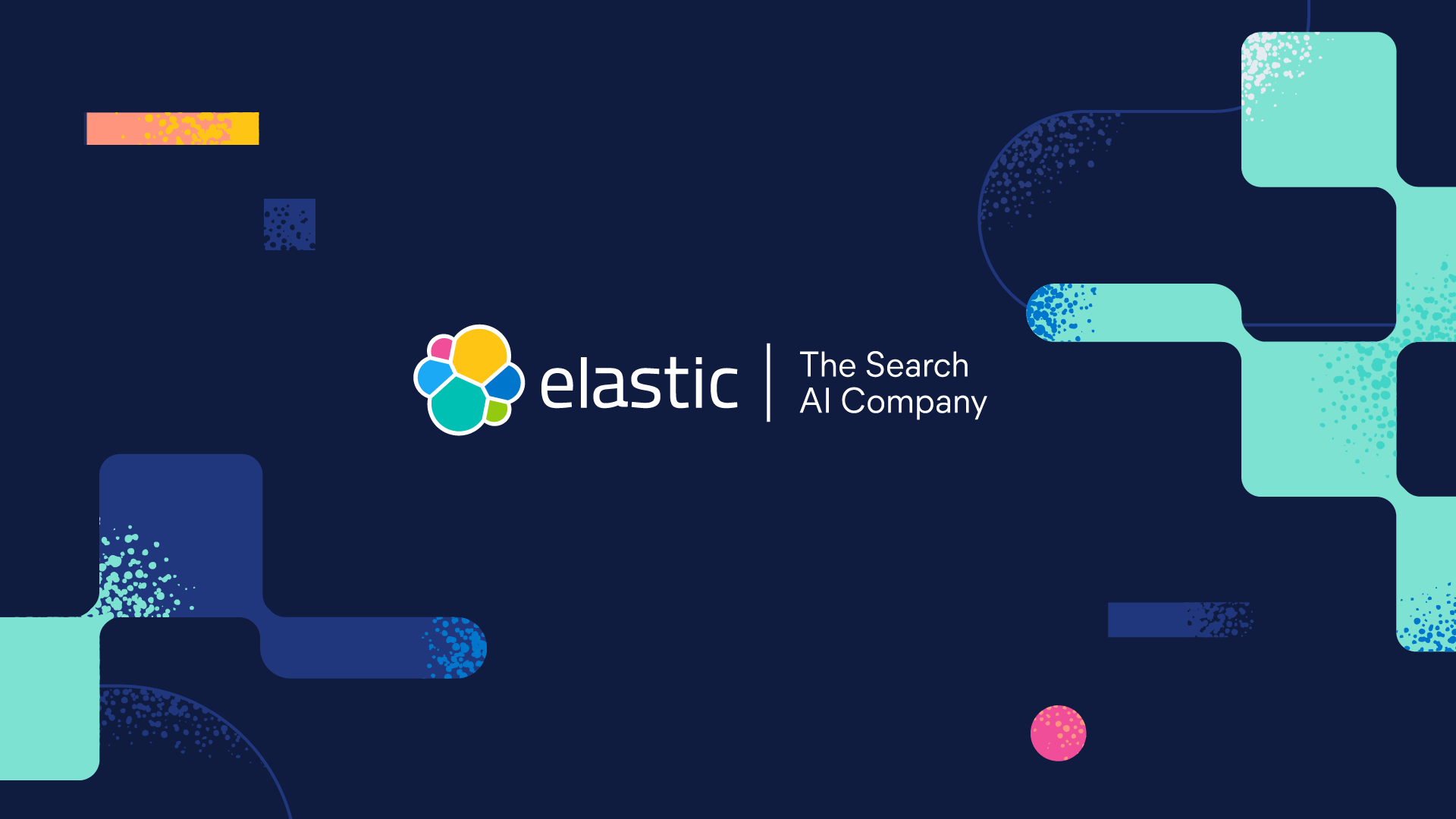
Elasticsearch's vector database is a powerful option for those already using it. Unlike specialized tools, it combines familiar text search with vector similarity search, letting you leverage existing expertise for richer data exploration.
8. Deep Lake

Deep Lake excels with massive datasets. While some vector databases cater to a variety of data, Deep Lake prioritizes lightning-fast searches on enormous collections of vectors, ideal for large-scale retrieval tasks.
9. Vespa

Vespa goes beyond just vectors. Unlike many specialized vector databases, Vespa tackles both text and vector search, allowing you to combine different data types for richer, more comprehensive searches.
10. Vald
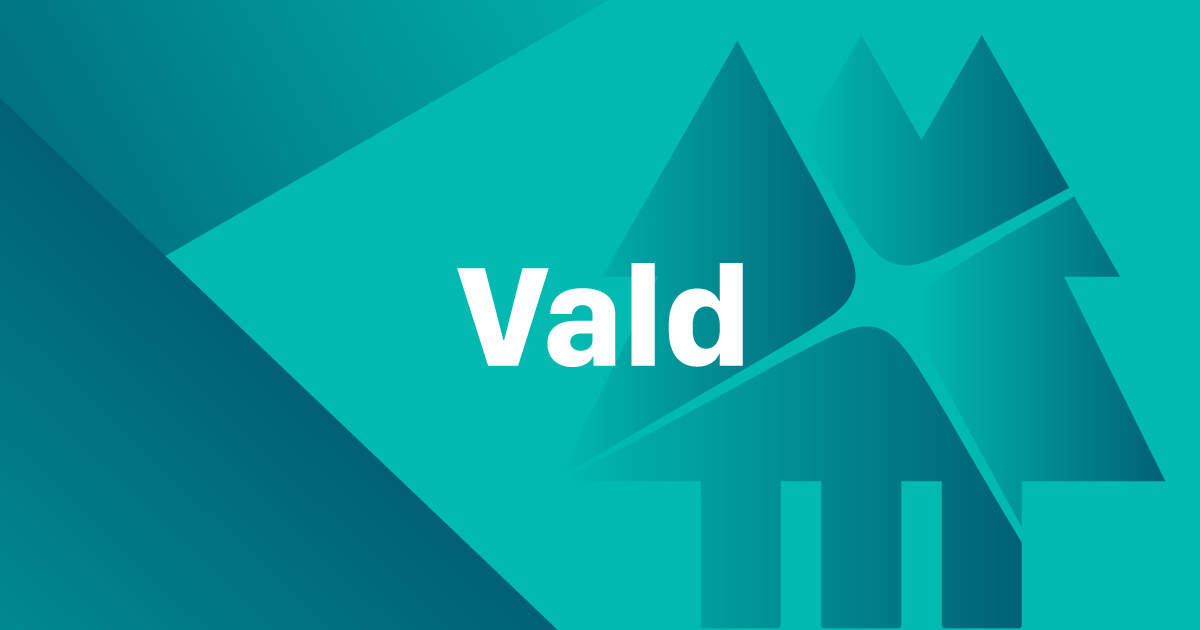
Vald distinguishes itself in the realm of vector databases by its relentless pursuit of raw performance. While other contenders might boast a wider range of features, Vald adopts a minimalist approach, meticulously optimizing its core functionality: high-throughput, lightning-fast vector similarity search.
Conclusion
By meticulously evaluating factors like performance, scalability, flexibility, and security, you can choose a vector database aligning with your project goals and requirements. This sets the foundation for efficient data management in the era of data science, leveraging tools like Pinecone, Milvus, and Chroma DB to drive innovation and success in your applications.
Frequently Asked Questions about Vector Databases
- Best Open-Source Vector database Option?
There's no single "best" choice. Popular options include Pinecone (easy to use), Faiss (high-performance), Annoy (memory-efficient), and Milvus (scalable). Consider factors like project speed, scale, and developer experience. - Why Use Vector Databases?
Ideal for AI! They excel at finding similar data points (e.g., recommending similar products based on past purchases) by efficiently handling complex, high-dimensional data like images and video. - What Data is Best for Vectors?
Use vector databases for data with inherent geometric relationships like images, videos, NLP tasks (analyzing text meaning), anomaly detection, and even time series analysis (e.g., sensor data). - Free Vector Databases?
Yes! Options like Pinecone, Faiss, and Annoy are free to use. Be aware of potential limitations compared to paid options, like fewer features or scalability restrictions. - What are vector embeddings?
These are numerical representations of data that capture its meaning. They convert data into a format usable by vector databases for similarity search. - How do vector databases work?
They store data points as vectors and use special indexing techniques to find similar points quickly. Imagine a library where books are arranged based on content, not just title. - Are vector databases replacing traditional databases?
No, they work together! Vector databases excel at high-dimensional data search, while traditional databases handle structured data and complex queries. - What are some limitations of vector databases?
They might not be ideal for simple text search or data with low dimensionality. Additionally, managing large datasets can require significant computing resources. - How do I choose the right vector database?
Consider your project needs (data type, search speed, budget) and explore available options. Research features, ease of use, and community support. - What's the future of vector databases?
As AI applications continue to grow, vector databases are expected to play a crucial role in enabling faster and more accurate similarity search across various domains. - Can vector databases be used for real-time applications?
Yes, some vector databases are optimized for real-time searches, making them suitable for applications like fraud detection or recommendation systems during checkout. - How do I secure a vector database?
Security practices are similar to traditional databases. Focus on access control, encryption, and keeping software updated. Consider cloud-based options with built-in security features. - Is there a role for vector databases outside of AI?
Yes! Vector databases can be helpful in areas like scientific research (analyzing protein structures) or information retrieval systems (finding similar documents).












